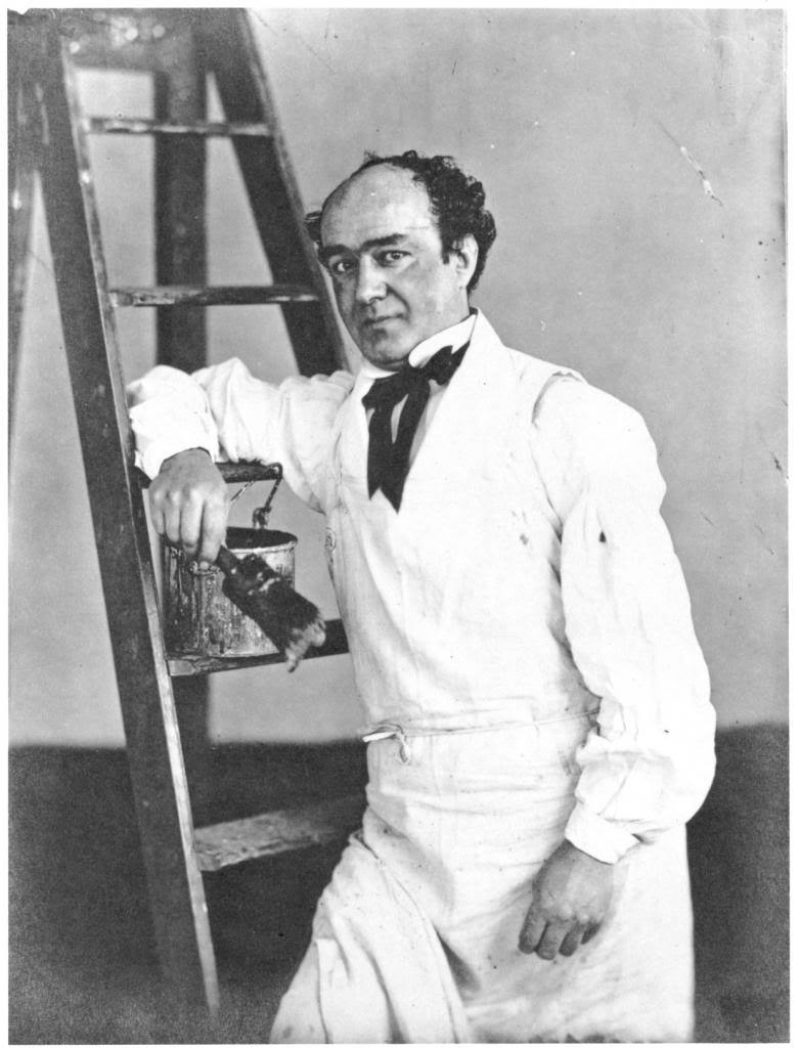Hospital Snapshots 6

One of the aspects that make the Hering collection fascinating is how much they resemble portraits, either painted or photographic, rather than institutional mug shots. For the most part, the clothing, pose and objects would not look out of the ordinary in a conventional portrait of the time.
Photography, as a new medium in the late 1850s, may well have been something of a novelty for the type of patient Bethlem admitted. To have a photograph taken in this early period might have been seen as a mark of distinction. Queen Victoria herself had been photographed and the photographic series ‘Living Celebrities’, published monthly by Maul and Polybank, depicted key individuals such as politicians, churchmen and writers, alongside their biographies. Bethlem’s patients might not only have enjoyed the experience of a photographic session, but have had their own ideas about how they should be shown according to the photographic conventions as they understood them.
As in painting, clothing is an important indicator of circumstance, individuality and taste. Although the hospital did not issue clothing, for patients choice may have been somewhat limited. A number are wearing dresses of the same material and style, perhaps because Bethlem bought in fabric and ‘sewing parties’ were held in which the female patients could make or alter their own clothing. Despite these constraints many of the photographs show touches of refinement and personality, perhaps giving a hint to the individual themselves.

The patient we know only as EA is dressed as a respectable, middle class woman. Her clothes are neat and well made but not showy, the material good but not expensive. Her hair is firmly tied back, though unusually not covered. There are touches of decoration such as the ruffles on the sleeves of the dress, lace collar and cuffs. A fringed shawl is draped around her. She has taken care over her appearance.
In other photographs, clothing and occupation are more closely allied. Edward Oxford, the would-be assassin of Queen Victoria, is shown here as if taking a break from his decorating. He appears to be dressed for the task in hand, wearing a painting overall on which can be seen some traces of paint. Though the shirt underneath looks fairly standard, the tie appears worn for the occasion.
Clothing was clearly, at least to some extent, within the control of the sitter and helped give personality to each image; next month’s post will consider pose and props.